How to train during your menstrual cycle
Angela Naeth shares a few tricks she's picked up in her triathlon career
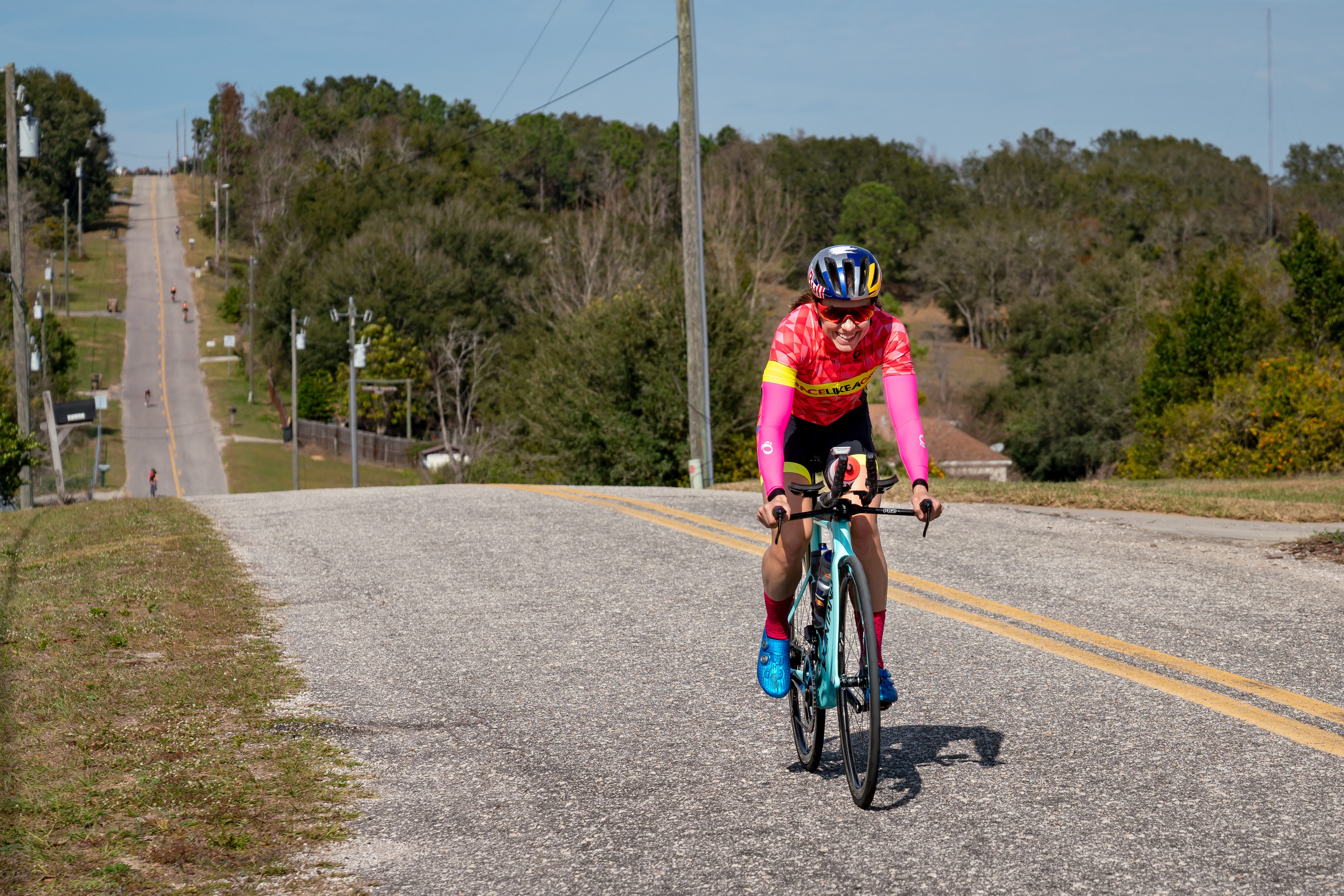
Real talk. Real life. I get my period monthly. I have PMS monthly. There are days when I’m so fatigued that the world seems to be ending. It’s almost like I’m drugged. I’m not rational. The days leading into my period, I become irritable and frustrated at minor things. I get the body changes – enlarged breasts, water retention and bloating. I know in the back of my head it’s PMS, but it’s almost as if my rational brain is in a fog. On top of this, I often find regular workouts harder. My power is low, and I have low motivation for harder efforts.
Related: Is it “normal” to feel an off-season funk?
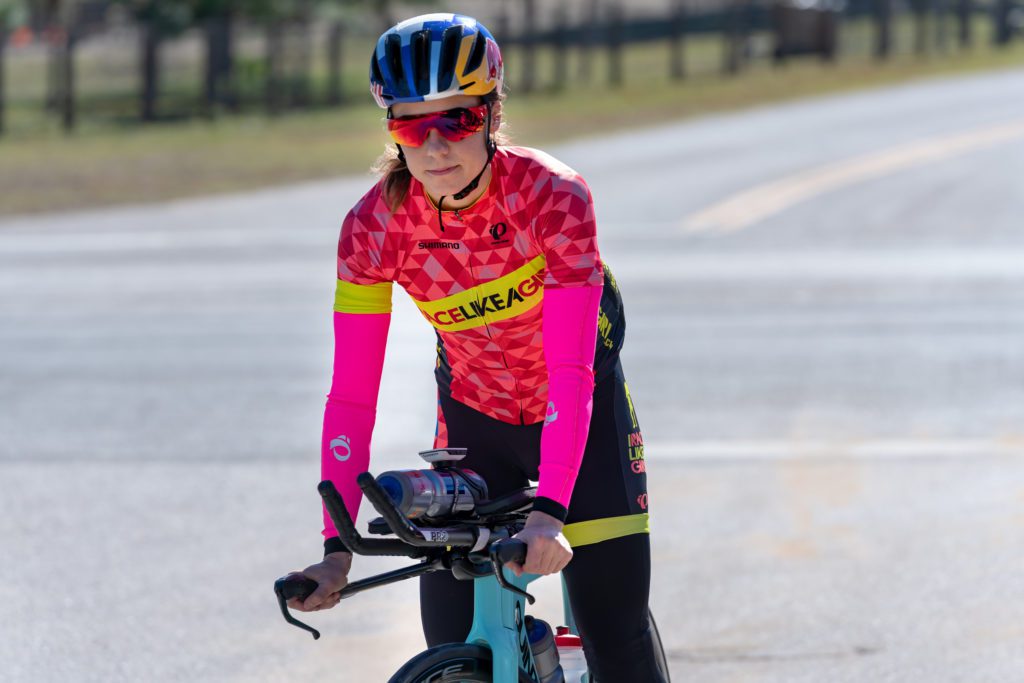
Most women can relate to the above. Our hormones change how we feel physically and mentally. I have to be honest though, after all the research and using a phone app to follow my cycle (best thing I ever did), the effects of my period still surprise me
Not to go into depth here, but I feel it’s best to provide a general sense of the different stages of our hormonal cycle.
The Menstrual Cycle
- Follicular Phase (typically days 1-14): Menstruation – A typical period lasts 4-7 days. Estrogen and Progesterone levels have dropped. After your period, estrogen slowly begins to ramp up.
- Luteal Phase (typically day 14-28): Ovulation – Primed to have a baby. Progesterone levels rise. Estrogen and progesterone are both high in this phase of the cycle.
Recommendations for Training with Your Menstrual Cycle
Work With it, Not Against it.
In the last ten years, I have raced before, during and after my period. I’ve had great performances when in my period. I approach each race with a mindset of ‘Let’s see what I’ve got,’ and focusing on mental cues of being strong. Competing is less about hoping for your best day, and more about learning how to deal with whatever comes your way and making the most of it.
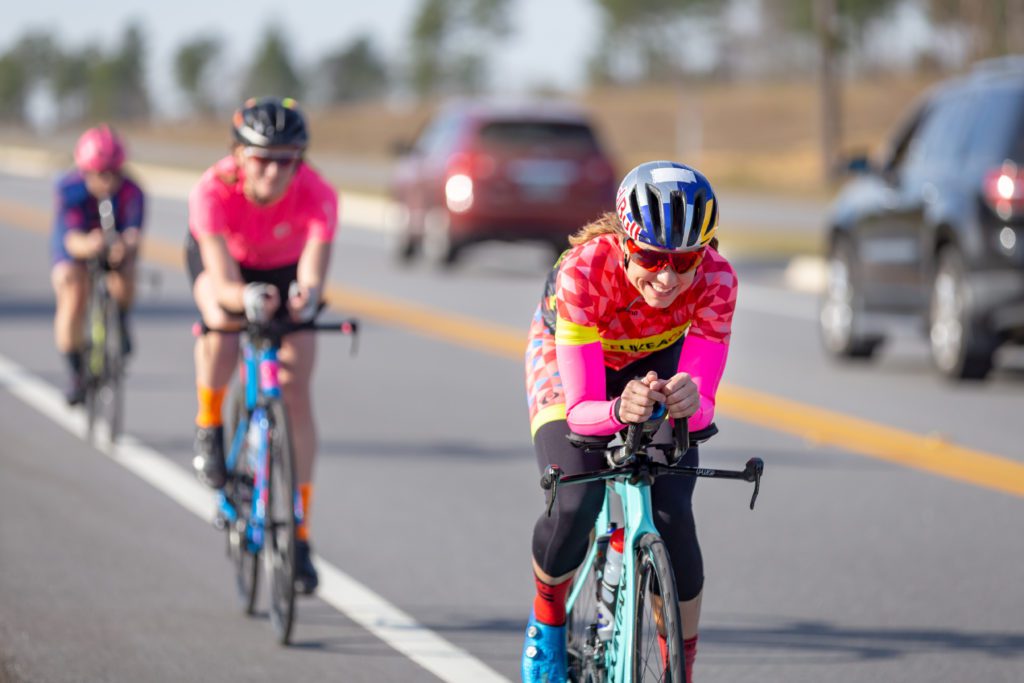
Below are some tricks I’ve used. Note: This is my personal experience. No two people are the same, and no two cycles are either. I recommend documenting over time how you feel throughout each cycle and getting to know your own body.
Power of your Period
In the follicular phase, I have higher energy and pain tolerance levels. I tend to recover faster and am ready for almost every workout. This is an excellent time for me to push more intensity in my training. As I get closer to ovulation and into the next phase of my cycle (day 14-28), I tend to slowly feel changes until I’m pre-menstrual – where I am more fatigued, irritable, bloated and find it hard to handle the heat. Our changing hormone levels can explain all of this.
Consider your Menstrual cycle when you look at your Program/Training Plan
- Listen to your body: Usually, exercise helps with menstrual cramps/symptoms. If it’s difficult, consider easing into the workout. Consider more aerobic training before your period, and more high-intensity workouts after your period. Use your period to your advantage.
- Get a Menstrual App on your phone: Document your period for many months to see how you respond to your cycle. I currently use the free version of the Period Tracker, though there are several Apps on the market.
- Consider a day off: Schedule as you normally would, but adjust when needed. I have some months when PMS affects me greatly, and others it doesn’t. Overall though, I can bet on at least one day of utter fatigue.
- According to a Swedish study, you can gain more muscle mass by training during the first weeks of the menstrual cycle: Use this to your advantage in your training with higher intensity training.
- Find a coach that you can be 100% open with about your cycle. Hormonal changes affect you as an athlete, and he/she should be well-versed in this area. It can only help you as an athlete to be able to be open and communicative with your coach. If you’re a female athlete working with a male coach or any coach for that matter, this conversation should be a common one.
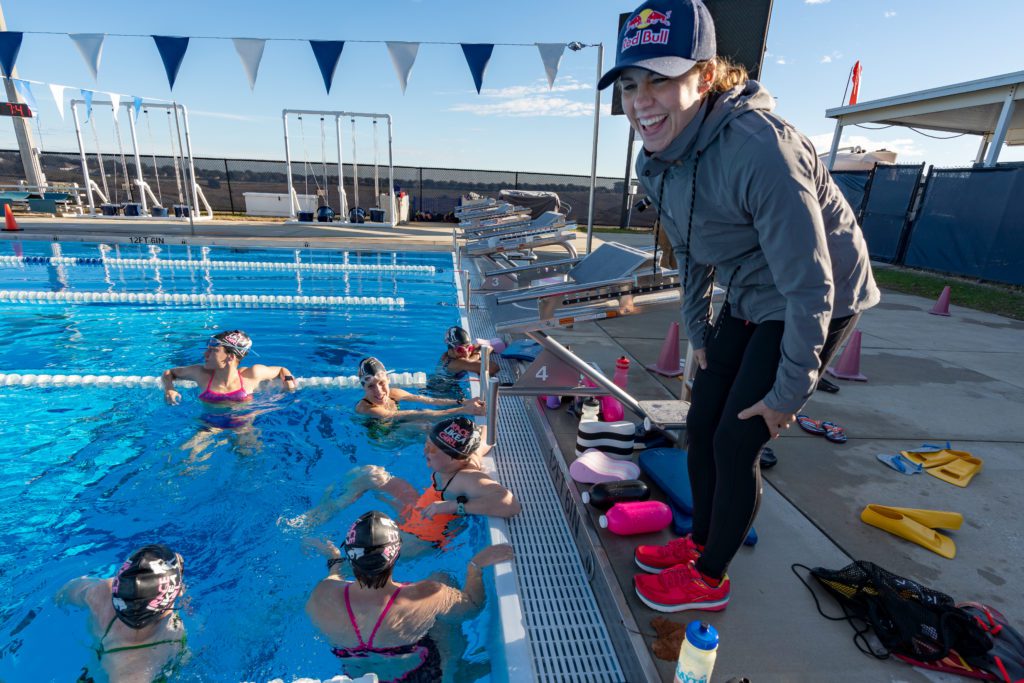
Nutrition and your cycle
Pre-period (high hormone phase; luteal phase; later days of days 14-28 in your cycle)
- Take in a few extra carbohydrates to help with performance.
- Be diligent on your post-workout protein and carbohydrate intake. Recovery drinks are key.
- Increase your fluid intake. Be diligent in your hydration and sweat loss. Add more sodium and electrolytes/fluids during this phase of your cycle.
- You can pre-load workouts with sodium and other electrolytes.
- Beets and other foods high in arginine can help thin blood.
During your period
Increasing your magnesium and iron levels is helpful. You may consider using a supplement. During this time, I make sure to eat more red meat and leafy greens.
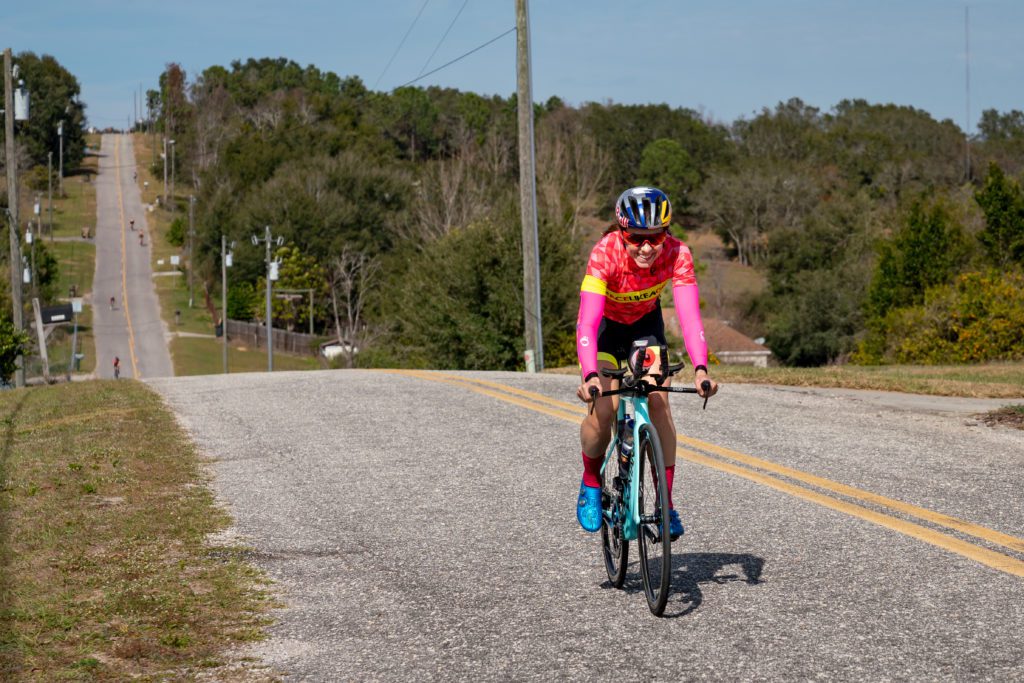
Race Day
The best time for a great race performance is during the follicular phase (during your period and the days after). Bleeding is not convenient, but if I had to choose when to get my period, it would be the days leading into a race or even race day.
If you happen to have your period on race day, my best tip is to be prepared – mentally and physically. If you have cramps/bloating, consider looking at what helped you in previous cycles. For me, I usually take some Advil and have it in my special needs bag. You can also put extra tampons in your transition bags. By keeping track of your training and menstrual cycle, it can help you understand in advance how you will feel and what action plan you can form when symptoms hit during a race.
Through it all, I continue to learn new things about my body and how I can get the most out of myself in training and racing. Takeaways: Trust yourself and those close to you. Communication is key.
